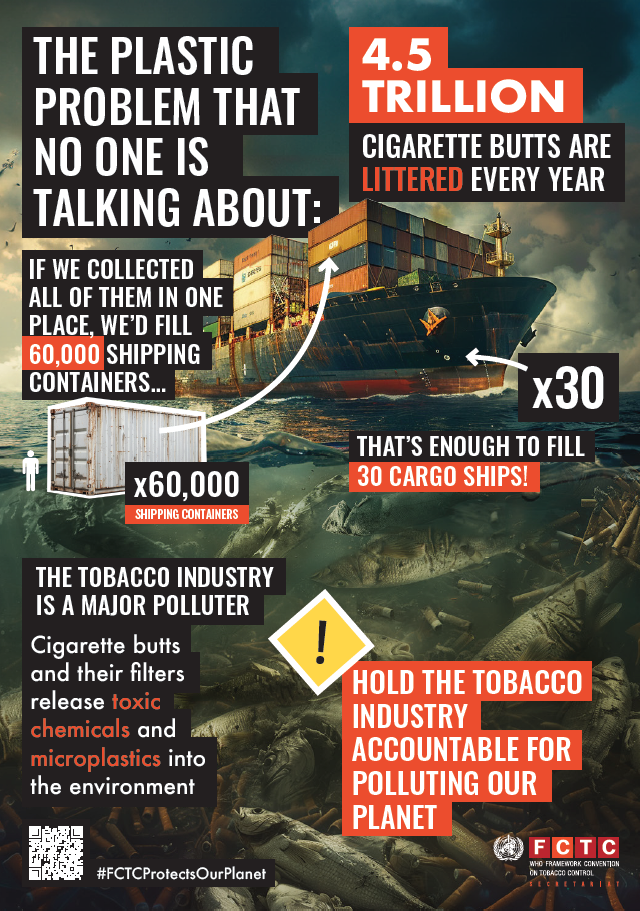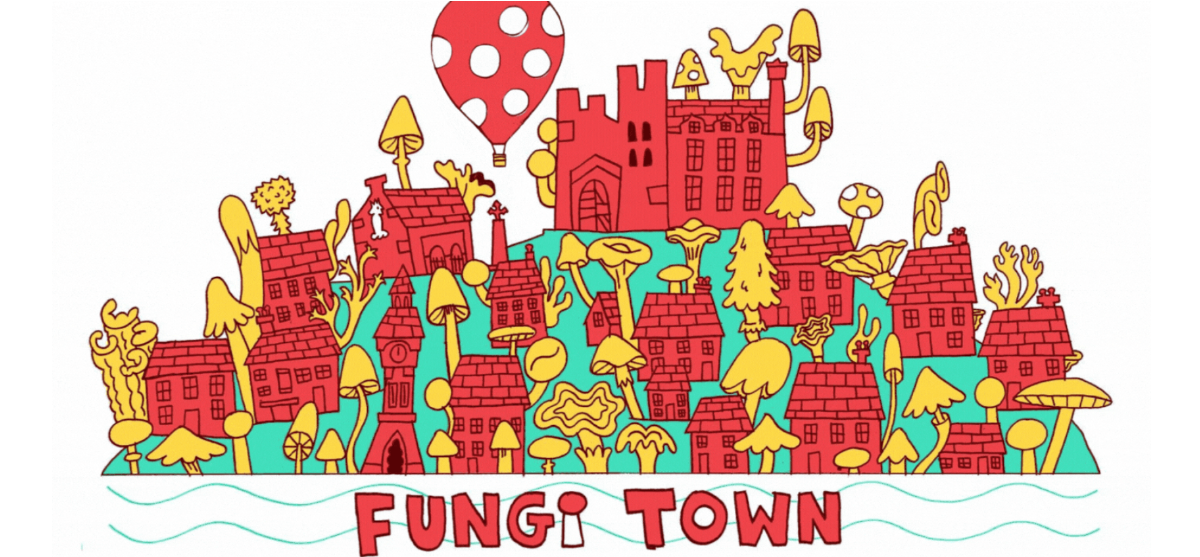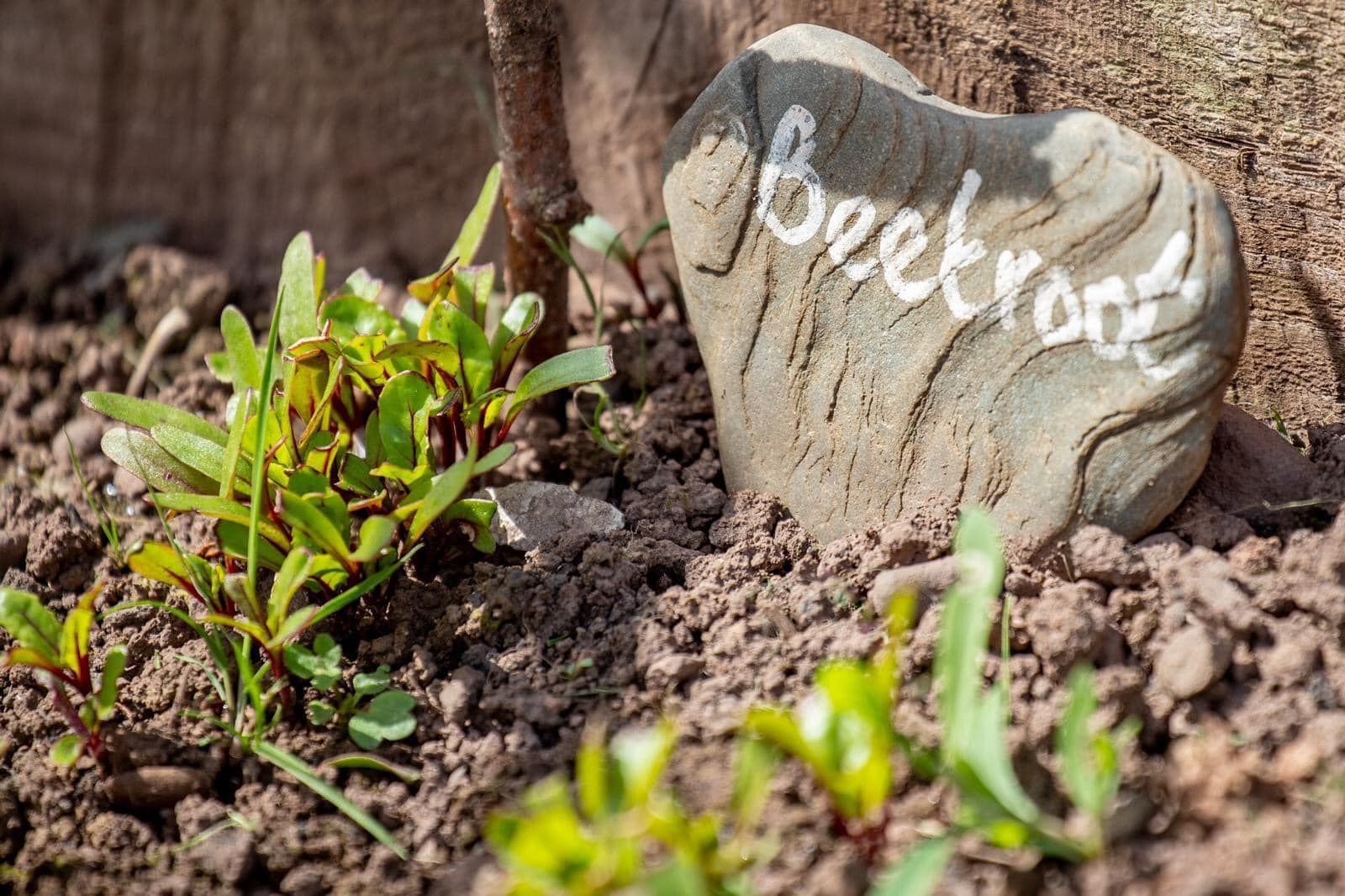30 September 2024
Cigarette butts are not harmless
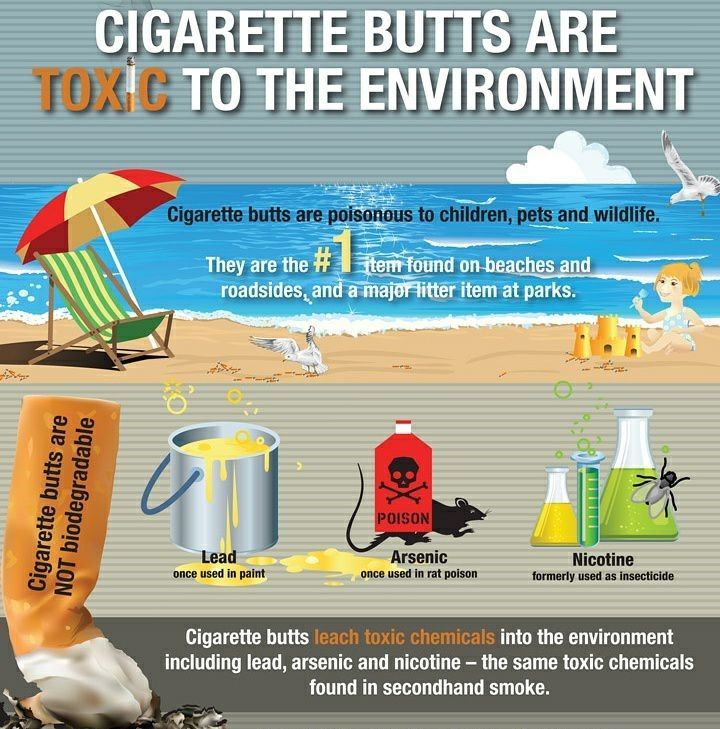
Cigarette butts consist primarily of plastic and while they may be small so tend to go unnoticed, you will find them practically everywhere. Contrary to what many believe, cigarette butts are not harmless. They are made of cellulose acetate, a man-made plastic material, and contain hundreds of toxic chemicals. While cigarette filters, or the plastic part of butts, can take up to 10 years to biodegrade, the chemicals they release can remain in the environment for many more years beyond the life of the cigarette butt itself.
Keep Britain Tidy’s research shows that the number one reason smokers give for dropping cigarette butts is that they are unable to find a bin. Building on this research, Keep Britain Tidy is making thousands of ‘Butt Boxes’ available for smokers to reduce cigarette litter.
Dropped cigarette butts are the most common form of littering, found on 79% of the 7,200 sites surveyed as part of Keep Britain Tidy's recent Local Environment Quality Survey of England 2017/18.
Recent research revealed:
- 52% of smokers who smoke everyday thought putting a cigarette down the drain was acceptable.
- 39% of smokers, equivalent to 3.6million in the UK, admitted to throwing a cigarette butt down a drain within the past month.
- 11% of smokers do not consider cigarette butts to be litter.
As well as plastic, cigarette filters are comprised of thousands of chemical ingredients, including arsenic, lead and nicotine, all of which can leak into marine environments. According to studies, just one cigarette butt per litre of water is highly toxic to fish.
The #BinTheButt campaign aims to raise awareness amongst smokers and highlight the link between the cigarette butt they drop on the street or down the drain and the impact it has on the marine environment.
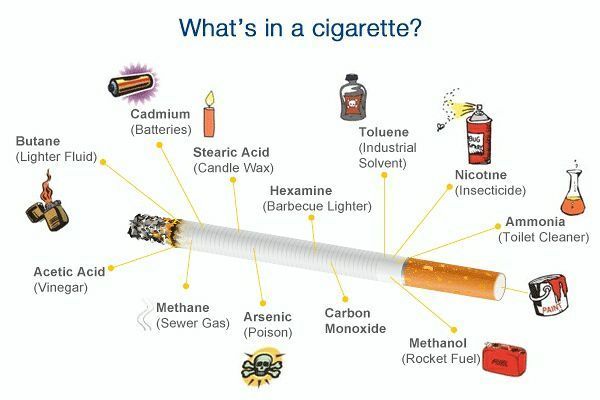
This article by Andrew Lord explains more...
Cigarette butts as Toxic Waste
“World wide the most commonly discarded piece of waste is a cigarette butt with around 4.5 trillion per year polluting our environment”
As a species inhabiting a fragile earth we are guilty of casually discarding items straight into the environment.
The reasons can be numerous...
It can be a deliberate act, or we don't think it will matter, perhaps we think it would be food (e.g. apple cores or banana skins) or we simply never think about it.
Many gardeners will tell you that banana skins are an excellent fertiliser, especially for tomatoes. Used this way is great but a good number are discarded in the country, presumably for this reason. However, some organic waste can be harmful and it can remain for a long time particularly at high altitudes. (A good demonstration is the Banana cam on Yr Wyddfa which was set up to show how long it takes for a banana skin to decompose on the mountain. It can take months or even years).
The smaller the piece of waste, the more casually we appear to discard it.
World wide the most commonly discard piece of waste is a cigarette butt with around 4.5 trillion per year polluting our environment.
In fresh water a very important creature at the bottom of the food chain is daphnia. They are primary producers and filter algae from the water they inhabit. They are the “Wildebeest” of the fresh water world and eaten by anything bigger than them. They are the foundation of the fresh water food chain.
There is a term called LD50, lethal dose 50%. It means that in any population exposed to a LD50 dose 50% of the individuals will die. For daphnia the LD50 dose is 1 smoked cigarette butt per litre of water. There are other references (e.g. Researchgate) that put this value much lower at 0.125/litre, the equivalent of 1 butt per two US gallons (20% less than 2 UK gallons).
We also have to think of the link nicotine has with neonicotinoids.
Neonicotinoids are extremely persistent in the environment and remain affecting wildlife for years. The big tobacco companies have to do something with their product now that Governments are encouraging less people to smoke.
The upshot of all this is that we have to educate the public that they can’t just discard cigarette butts into drains, onto the street or out of the car windows. Cigarette butt bins should be provided like litter bins and emptied regularly, separately from land fill items.
If hospitality smoking areas have butt bins overflowing with water, where does that water go? Down the drain?
Where the do the butts go?
If they go to landfill then they are free to leach their chemicals into the environment for decades.
A newer problem arising is used vapes that have been finished with.
Perhaps any waste cigarette product should be treated and disposed of as toxic waste?
Andrew Lord
BSc Joint Hons Biology/Chemistry
September 2024.
Further reading https://www.earthday.org/tiny-but-deadly-cigarette-butts-are-the-most-commonly-polluted-plastic/
Toxicity of cigarette butts, and their chemical components, to marine and freshwater fish
https://www.ncbi.nlm.nih.gov/pmc/articles/PMC3088407/ .
Neonicotinoids
The Tenth session of the Conference of the Parties (COP10) to the WHO Framework Convention on Tobacco Control (WHO FCTC) has concluded with a far-reaching decision that will protect the environment and the health of people throughout the world from the ravages of tobacco.
The decision also addresses the issue of cigarette filters. An estimated 4.5 trillion cigarette butts are thrown away annually worldwide, representing 1.69 billion pounds of toxic trash containing plastics.
Under specific circumstances – such as sunlight and moisture – cigarette filters break down into smaller plastic pieces, eventually leaching out some of the 7000 chemicals contained in a single cigarette. Many of those chemicals are environmentally toxic. The decision on Article 18 is very timely given the ongoing intergovernmental negotiation committees working to develop an international legally binding instrument on plastic pollution, including in the marine environment.

